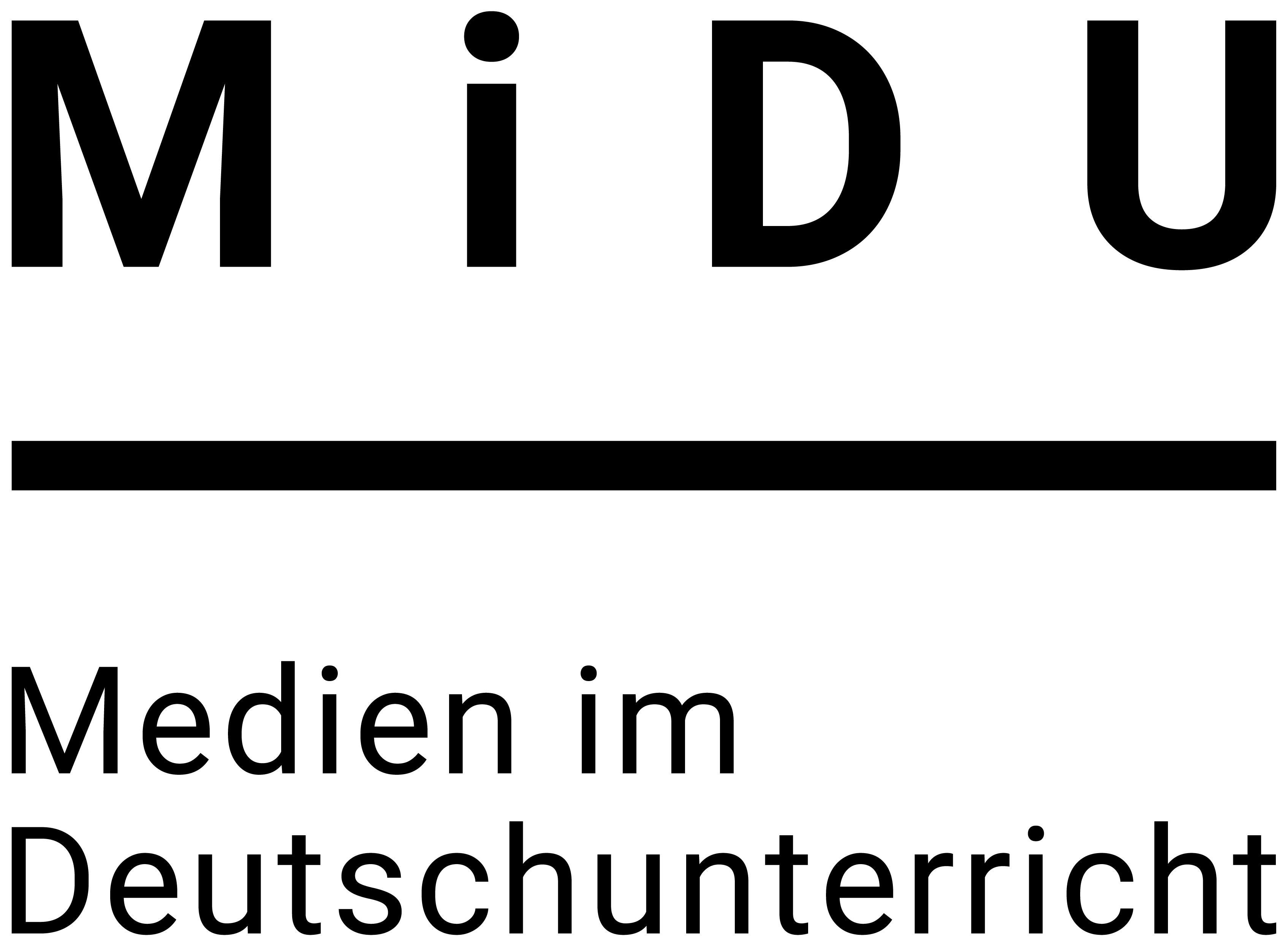Teddy Reloaded. Multimodales Erzählen im Deutschunterricht
DOI:
https://doi.org/10.18716/OJS/MIDU/2020.2.2Schlagwörter:
Erzähltheorie, technisierte Multimodalität, Computerspiele, Erzählgemeinschaften, Didaktik des FragmentsAbstract
Erzählt wird fast immer multimodal. Durch Erzählen geben wir erlebten Welten einen Sinn, erzeugen fiktive Welten, vergewissern uns unserer Identität und erfreuen uns an Zeichenspielen. Beim Erzählen wirken linear-sukzessive und synthetisch-holistische Kräfte mit- und gegeneinander. An alledem ändert auch technisierte Multimodalität im Internet nichts. Technisierte Interaktion aber erzeugt neuartige Formen von Erzählgemeinschaften; und durch hypermediale Verfahren werden herkömmliche auf Ganzheit bedachte Erzählformen aufgelöst zu labyrinthischen Fragment-Strukturen. Im Unterricht sollen Schülerinnen und Schüler lernen, die alten Funktionen und die neuen Formen von Erzählen zu erkennen und sie reflektiert zu beherrschen.
Abstract (english): Teddy reloaded - Multimodal narration in German lessons
Narration is nearly always multimodal. Through storytelling, we give meaning to the world we experience, create fictional worlds, confirm our identity, and enjoy playing with signs and symbols. Linear-successive and synthetic-holistic forces co-act and act against each other while narrating. Even technical multimodality on the Internet does not change any of this. Technologized interaction, however, creates new forms of narrative communities; and by means of hypermedia procedures, conventional narrative forms that are intended to be holistic are dissolved into labyrinthine fragmentary structures. In class, students should learn to recognize the old functions and the new forms of narration and master them in a reflective manner.
Downloads
Veröffentlicht
Ausgabe
Rubrik
Lizenz
Copyright (c) 2020 MiDU - Medien im Deutschunterricht

Dieses Werk steht unter der Lizenz Creative Commons Namensnennung - Keine Bearbeitungen 4.0 International.







